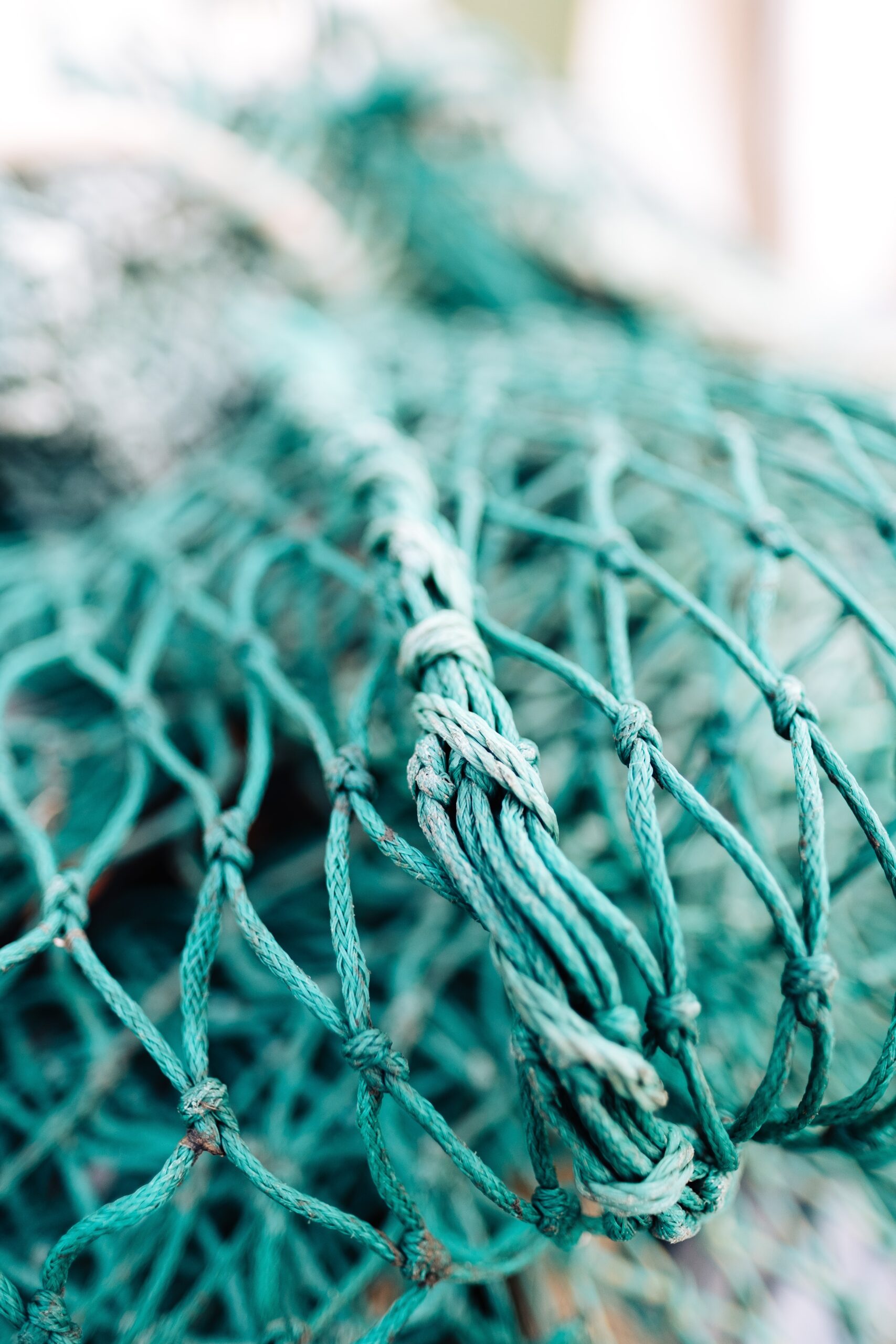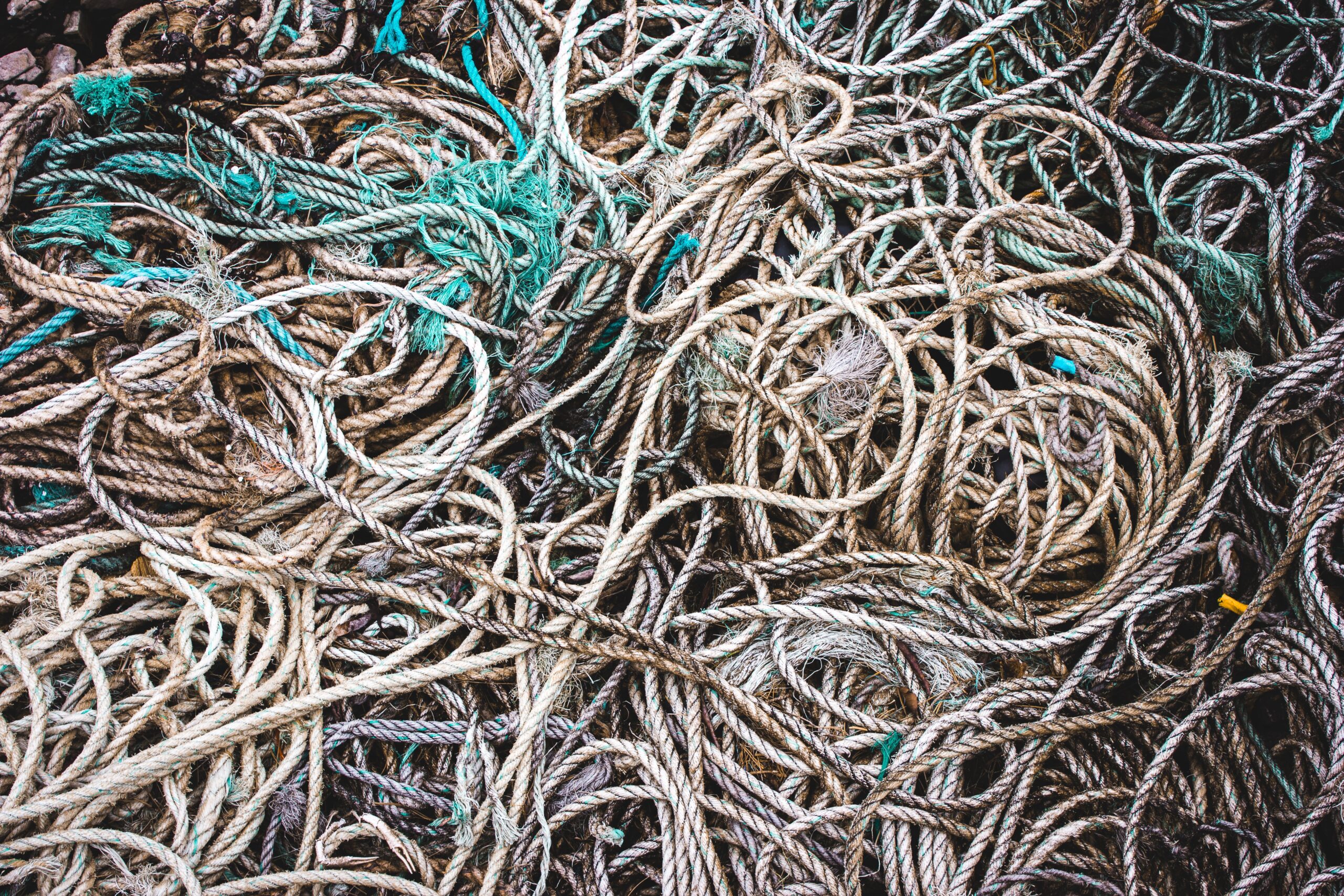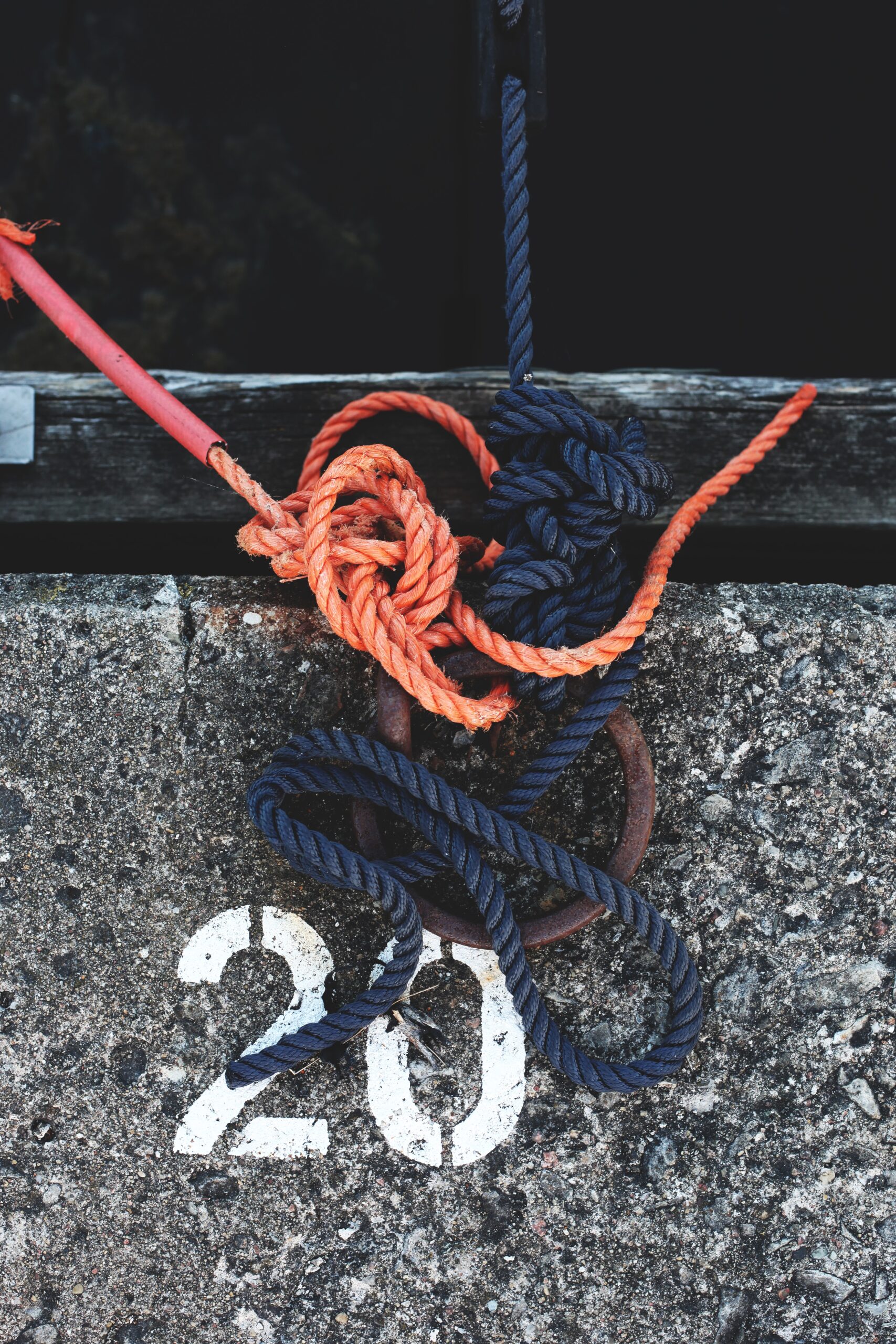Whether you are a seasoned angler or just starting out, knowing how to tie the right fishing knots can make all the difference in landing your catch. In this article, you will discover five essential fishing knots that every angler should know. From the reliable and versatile improved clinch knot to the secure and easy-to-tie Palomar knot, each knot is explained step by step, ensuring that you have the knowledge and skills to master them all. With these essential fishing knots in your repertoire, you’ll be ready to tackle any fishing situation with confidence and increase your chances of success on the water.
1. Palomar Knot
The Palomar Knot is one of the most popular fishing knots among anglers. Its simplicity and strength make it a reliable choice for various fishing situations. To tie the Palomar Knot, start by doubling your fishing line and passing it through the eye of the hook. Then, tie an overhand knot with the doubled line, creating a loop. Next, carefully pass the hook through the loop. Finally, moisten the knot and pull both ends of the line to tighten it. The Palomar Knot is known for its strength and is particularly effective for use with braided fishing line.
2. Improved Clinch Knot
The Improved Clinch Knot is another essential knot that every angler should know. It is widely used for attaching the fishing line to hooks, lures, and swivels. Start by passing the end of the line through the eye of the hook or lure, then wrap it around the standing line at least five times. Next, pass the end of the line through the loop formed above the eye of the hook. Finally, moisten the knot and pull the standing line to tighten it. The Improved Clinch Knot is reliable and easy to tie, making it a go-to choice for both beginners and experienced anglers.

3. Uni Knot
The Uni Knot, also known as the Duncan Loop, is versatile and can be used for various purposes in fishing. This knot is often used for attaching the fishing line to terminal tackle, such as hooks, swivels, and lures. To tie the Uni Knot, begin by passing the end of the line through the eye of the hook or lure, creating a loop. Then, make six turns around the standing line with the tag end, making sure to leave a small gap between the hook/lure and the knot. Next, pass the tag end through the loop formed above the eye of the hook/lure and moisten the knot before tightening it. The Uni Knot is known for its strength and can be easily tied even in low-light conditions.
4. Surgeon’s Knot
The Surgeon’s Knot is a valuable knot for joining two lines of similar or different diameters. It is commonly used in situations where a stronger connection is required, such as joining a leader to the mainline. To tie the Surgeon’s Knot, start by overlapping the ends of the two lines you wish to join. Then, tie a simple overhand knot with the doubled lines, making sure to leave a loop. Pass both ends of the lines through the loop twice, moisten the knot, and carefully tighten it. The Surgeon’s Knot is not only strong but also quick and easy to tie, making it a reliable choice for various fishing scenarios.

5. Blood Knot
The Blood Knot is a popular choice for joining two lines of similar diameter, such as connecting two sections of fishing line. It is commonly used in situations where a slim, streamlined connection is desired. To tie the Blood Knot, start by overlapping the ends of the two lines you wish to join. Take the end of one line and wrap it around the other line for approximately five turns. Then, bring the end of the first line back to its original position and thread it through the loop formed between the two lines. Repeat the same process with the other line, wrapping it around the first line for approximately five turns and threading the end through the loop. Moisten the knot and carefully tighten it by pulling both ends of the lines. The Blood Knot is known for its strength and slim profile, making it effective for connecting lines without causing significant resistance in the water.
6. Albright Knot
The Albright Knot is a crucial knot for joining fishing lines of different diameters, particularly when attaching a leader to the mainline. To tie the Albright Knot, begin by doubling the end of the heavier line and pass it through the center of the loop created by the lighter line. Then, make a series of wraps with the end of the heavier line, moving towards the loop. Make at least ten wraps or until the wraps are close to the loop. After completing the wraps, pass the end of the heavier line back through the loop from the same side it entered. Moisten the knot and tighten it by pulling both ends of the lines and the standing part of the heavier line simultaneously. The Albright Knot provides a smooth transition between lines of different diameters and maintains good knot strength.

7. Double Uni Knot
The Double Uni Knot, also known as the Barrel Knot, is ideal for joining two lines of similar or different diameters. It is commonly used for connecting lines when creating leader setups or attaching backing line to the mainline. To tie the Double Uni Knot, begin by overlapping the ends of the two lines you wish to join. Take the end of the first line and create a loop. Pass the end of the second line through the created loop and wrap it around both lines for at least five turns. Repeat the same process with the end of the first line, wrapping it around both lines, including the second line’s tag end. Moisten the knot and carefully tighten it by pulling both ends of the lines. The Double Uni Knot provides a strong and reliable connection for various fishing applications.
8. Loop Knot
The Loop Knot is an essential knot for creating a secure and flexible loop at the end of your fishing line. This type of knot is commonly used when attaching lures, flies, or hooks that require freedom of movement in the water. To tie the Loop Knot, start by creating a small loop in your fishing line. Then, pass the tag end of the line through the loop twice. Moisten the knot and tighten it by pulling the tag end and the standing line simultaneously. The Loop Knot allows for natural movement of the attached lure or fly, increasing its appeal to fish and maximizing your chances of a successful catch.
9. Dropper Loop
The Dropper Loop is a versatile knot that anglers use to create additional attachment points on a fishing line. This allows for the attachment of multiple lures or flies, increasing your chances of attracting fish. To tie the Dropper Loop, start by creating a small loop in your fishing line. Then, make three turns around the loop with the tag end of the line. Pass the tag end through the loop you created earlier and moisten the knot before tightening it. The Dropper Loop provides a reliable and secure attachment point, ensuring that your additional lures or flies stay in place while you fish.
10. Nail Knot
The Nail Knot is a useful knot for joining fly line to backing line or attaching a leader to the fly line. While it may require a small tool, such as a nail or tube, to tie the knot properly, it provides a strong and smooth connection. To tie the Nail Knot, start by holding the tool between your thumb and forefinger. Pinch the fly line and backing line together, overlapping them for a short distance. Wrap the tag end of the backing line and the tool around both lines, making five to seven turns. Then, slide the tag end through the tool, creating a loop. Pass the end of the backing line through this loop and moisten the knot before carefully tightening it. The Nail Knot provides a seamless connection that allows for smooth casting and enhances the overall performance of your fly fishing setup.
By familiarizing yourself with these ten essential fishing knots, you’ll be well-equipped for a wide range of fishing situations. Whether you are attaching your line to a hook, joining lines of different diameters, or creating loops for lures and flies, these knots will help ensure that your connections are strong, secure, and reliable. Remember to practice tying these knots before your fishing adventures, as proficiency and confidence in tying knots will greatly improve your overall fishing experience. Happy fishing!










